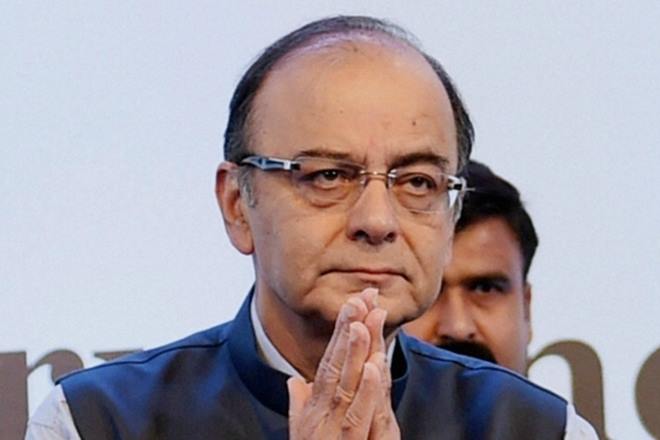Highlights of the ATR:
- The facility will be incorporating and testing various unmanned air vehicles (UAV) as well as manned vehicles before being initiated into the armed forces and other organisations.
- Considered a ‘national asset’, the facility encompasses 4,090 acres of technical infrastructure and 200 acres for transit and residential purposes.
The land was allotted by Karnataka government. DRDO officials said the test range has been completed with a budget of Rs 290 crore.
The government is rigorous regarding policies to facilitate such optimal conveniences domestically, the defence minister stated.
He said that the unmanned flying objects, their capacity, and various other allied facilities will go a long way in helping in many areas of life and certainly in the country’s security.
“I asked the chairman of the DRDO as to where does he see this facility in 20 years from now. He was more optimistic than me, and said why you would say 20 years; the questions really should be where you see this facility 5 years from now. That’s the pace at which our research really should progress,” Jaitley said.
DRDO states that the current length of the runway at the ATR was two kms and would be extended to three kms in due course, so that it can be used for testing of bigger aircraft like AEW&CS (Airborne Early Warning & Control Systems) meant for surveillance and intelligence gathering, which had been inducted into the Indian Air Force.
The DRDO in November 2016, had successfully carried out the maiden flight of TAPAS 201 (RUSTOM-II), a Medium Altitude Long Endurance (MALE) UAV at the ATR. The ATR houses two hangars with annex for integration and testing of UAVs and a radar centre, besides being equipped with a fibre optic network system. Apart from DRDO, the multi-agency mega-complex at Challakere will also house facilities of Bhabha Atomic Research Centre, Indian Space Research Organisation and the Indian Institute of Science.








